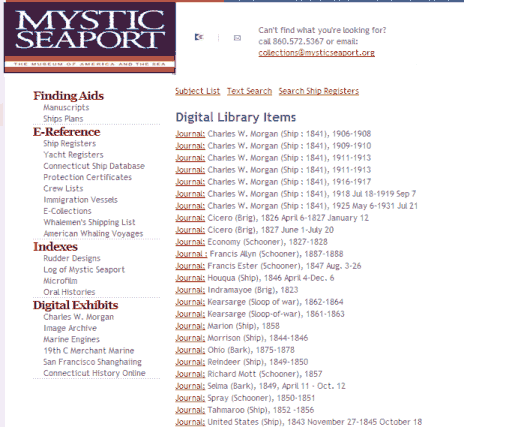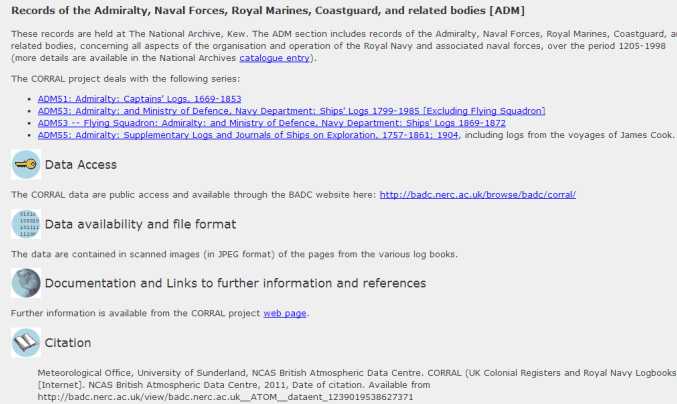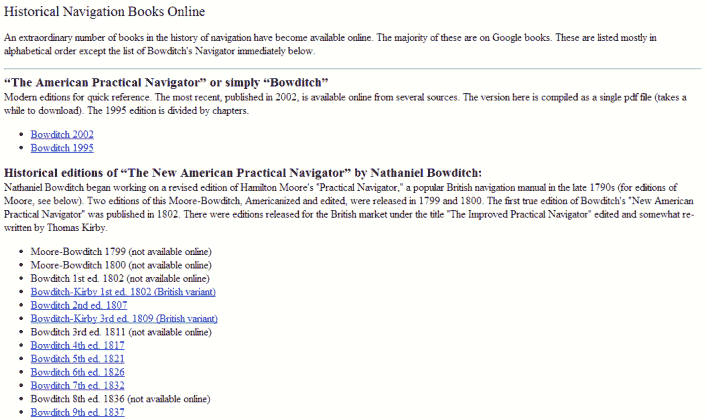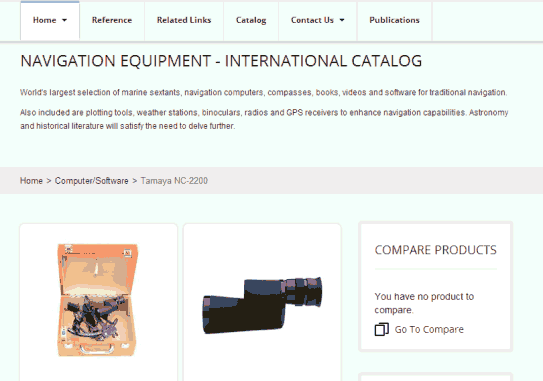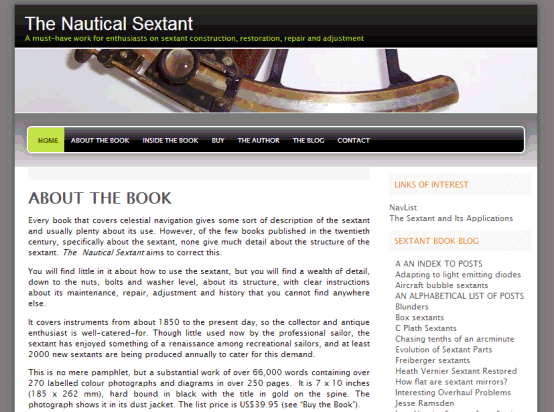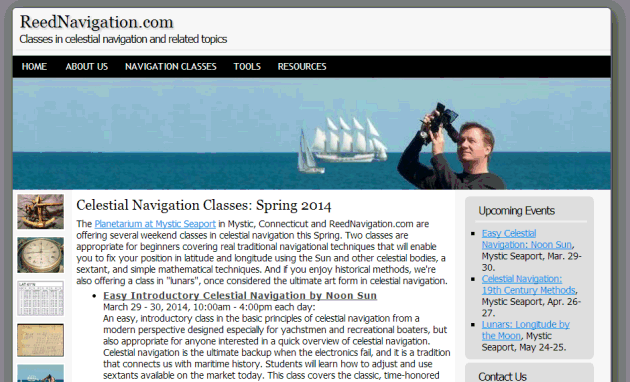
NavList:
A Community Devoted to the Preservation and Practice of Celestial Navigation and Other Methods of Traditional Wayfinding
From: Dave Walden
Date: 2021 Mar 20, 05:36 -0700
Maybe this could help, or is this what you've seen.
Study of tin amalgam mirrors by 1 1 9 Sn Mössbauer spectroscopy and other analytical methods
Abstract
From the beginning of the 16 th until the end of the 19 th century the most widely used mirrors consisted of a pane of glass backed with a reflecting layer of tin-mercury amalgam. They were made by sliding the glass pane over a tin foil covered with liquid mercury. After removal of the superfluous mercury, tin amalgam formed slowly at ambient temperature and yielded a reflecting layer adhering to the surface of the glass. Such mirrors often deteriorate in the course of time by oxidation of the tin in the amalgam to stannous or stannic oxide. 119Sn Mössbauer spectroscopy, scanning electron microscopy, micro-XRF and X-ray diffraction have been used to study this deterioration process. The studied specimens were a modern mirror made for the reconstruction of the Green Vault in Dresden in the early 2000s, two rather well preserved German mirrors from the 17 th and 19 th centuries and several strongly deteriorated specimens of Baroque mirrors from the south of Spain. The modern mirror consists mainly of a Sn0.9Hg0.1 amalgam with only 2 % of SnO2. The older German mirrors showed more pronounced oxidation, containing 12 and 15 % of SnO2, which did not noticeably impair their reflectivity. In the samples from the Spanish mirrors at best a few percent of metallic phase was left. The majority of the tin had oxidised to SnO2, but between 8 and 20 % of the tin was present as SnO. X-ray diffraction yielded similar results and micro-XRF mapping using synchrotron radiation for excitation gave information on the distribution of Sn and Hg in the reflecting layer of the mirrors.
- Publication:
- Hyperfine Interactions, Volume 237, article id.55,
10 pp. - Pub Date:
- December 2016
- DOI:
- 10.1007/s10751-016-1279-4
- Bibcode:
- 2016HyInt.237...55L

